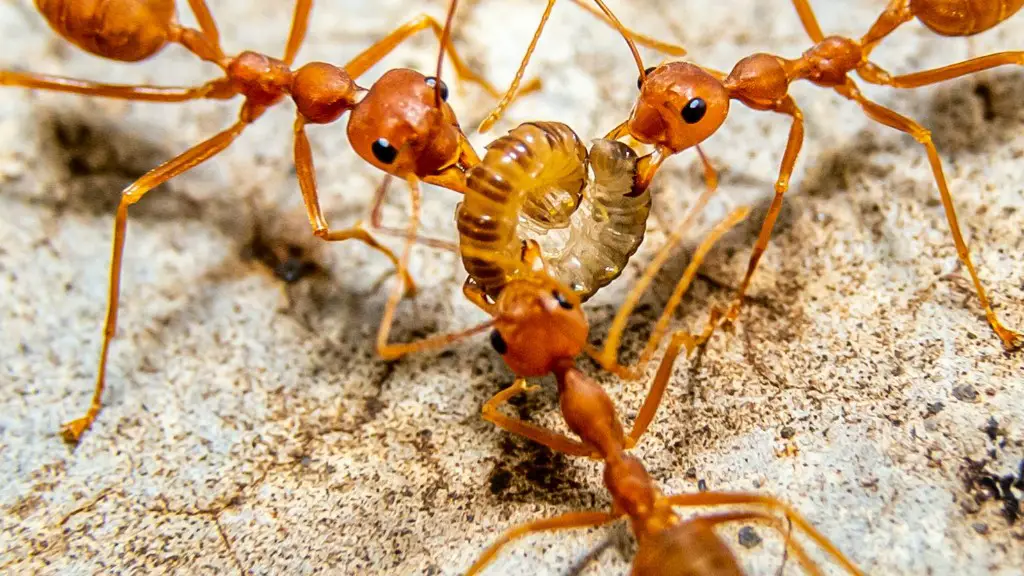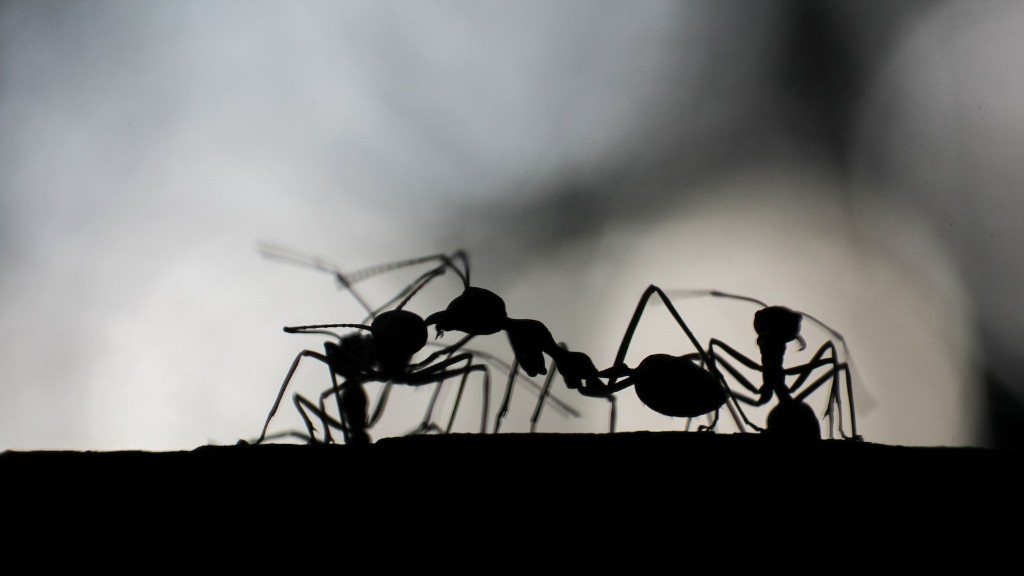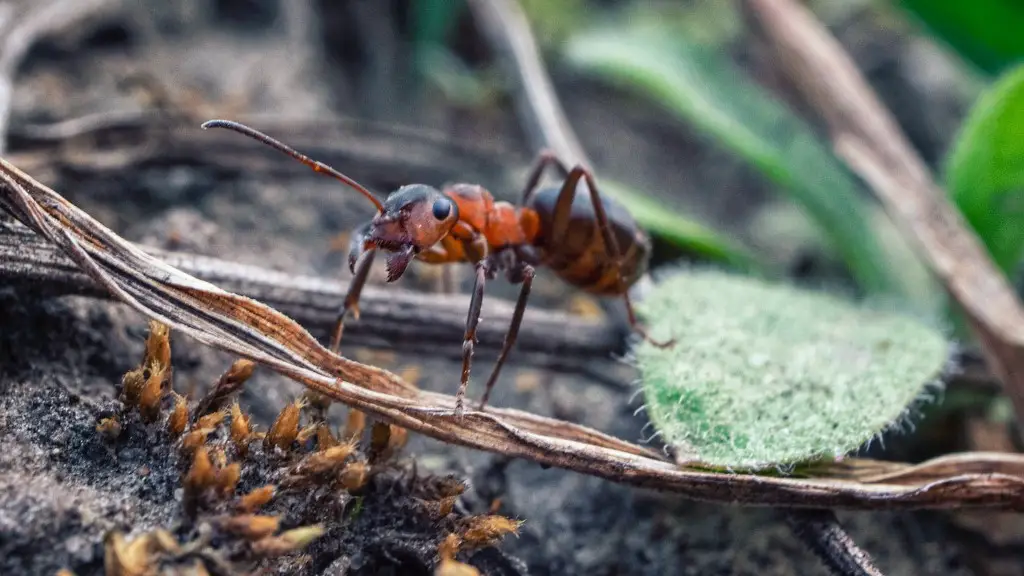Identifying red ants
Red ants are a species of ant that is known for its prolific nesting habits and aggressive behavior. This type of ant is found in many parts of the world, including North America and Europe, and is one of the most common household pests. Identifying red ants is simple – they are typically reddish-brown in color, has six legs and a pair of antennae. In addition, they have three body segments: the head, thorax and abdomen. Red ants are also drawn to sweet substances, so if you suspect that you have an infestation, look for signs of ants near sources of sugar such as sugar water, bread crumbs, and sweet fruits.
Eliminating red ants
Once a red ant infestation has been identified, it is important to take immediate steps to eliminate the pests. The first step is to vacuum or sweep away the ant activity. This will help to eliminate the visible ants as well as clear away food sources that may be attracting the ants. To stop ant activity in future, try using an ant barrier such as an insecticide. Spraying insecticide is not recommended, however, as it can harm beneficial insects in the environment. For an organic solution, diatomaceous earth can be used to rid the area of red ants. This is a powder made from the fossilized remains of diatom algae that can be spread over floors, carpeting, furniture, and other areas where red ants may be present. Once the powder is in place, the ants will crawl through and it will stick to their exoskeleton, causing them to die.
Preventing red ants
One of the best ways to prevent red ants is to keep foodstuffs in airtight containers, as red ants can easily find their way into even the tiniest crevices or openings. Regularly sweep and vacuum floors, and take out the garbage on a regular basis. Additionally, inspecting for ant activity outside the house and eliminating any areas where ants might be nesting, such as wood piles and leaf litter. If there are food sources such as pet food or bird feeders in the yard, try to keep them off the ground, as red ants can climb up and access the food, which will attract them to the area.
Conclusion
Red ants can be a nuisance, but with the proper steps, can be eliminated and prevented. Identifying the species, eliminating nests and foodstuffs, and implementing preventative measures can all help in dealing with red ants. If these methods do not work, contact a professional exterminator to handle the situation.
Ant Bait Stations
Ant bait stations are a great method for getting rid of red ants. These specialized traps include a bait that is attractive to ants, such as sugar water or protein-based bait. The bait is placed in the station, and when the ants come to feed, they will also ingest the poison within the bait. This will kill the ant, and those that survive will carry the poison back to the nest, effectively exterminating the colony.
Physical Removal of Nests
In some cases, it may be necessary to physically remove the ants’ nests. For this task, an insecticidal dust or spray may be necessary. The dust or spray should be applied directly to the ant colony, either directly or through an aerosol can, which will help to eliminate the ants in the area. It is important to use caution when using insecticides, however, as they can harm beneficial insects such as bees and butterflies.
Hire a Professional Exterminator
If DIY methods are not successful in controlling the red ant infestation, it may be time to call in a professional. Exterminators use professional-grade poisons, baits, and traps that are designed to rid the area of ants. Professional exterminators usually have access to products and methods of ant control that are not available to the general public, and can provide effective solutions to infestations.
Natural Solutions
In addition to chemical and physical methods of ant control, there are also many natural solutions to ridding the area of red ants. These solutions include boric acid, food-grade diatomaceous earth, citrus essential oils, soap, and even vinegar. Natural solutions do not have the same risks of contamination and toxicity that chemical solutions have, and can be applied directly to the colonies. Just be sure to follow the directions carefully, as overuse of natural solutions can be just as harmful as chemical solutions.


